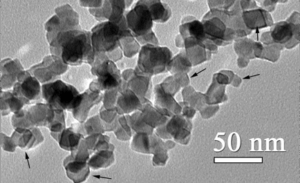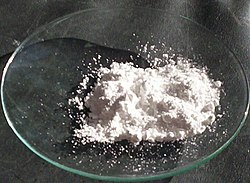
Titanium dioxide has been a problematic food additive for years. The European Union banned the additive several years ago, while the FDA views titanium dioxide as safe. Recently, the company (Mars) that makes the candy Skittles announced that it was removing the additive from the ingredients.
Well, it took a lawsuit filed in 2022 alleging that Skittles are "unfit for human consumption" (because of the ingredient titanium dioxide) to finally have the manufacturer remove it from the product. Removing titanium dioxide won't change the taste - it's only used as a "brightener" (makes colors brighter).
In the past decade, a number of studies found that the nanoparticle ((between 1 and 100 nanometers) form of titanium dioxide to have harmful health effects, especially to the gut (intestines) [see post]. This is the form typically used in over 11,000 products in the US, all ultra-processed (many candies, baked goods, gum, frosting, snack foods, etc.)
Bottom line: Read food ingredient lists, and avoid titanium dioxide (if possible).
From Medical Xpress: Skittles removes controversial additive targeted by RFK Jr.
Mars Inc.'s Skittles candies are no longer being made with titanium dioxide, a chemical that whitens foods, brightens colors and makes candy appear shiny, the company confirmed to Bloomberg News. ...continue reading "Titanium Dioxide Will No Longer Be Added To Skittles"

